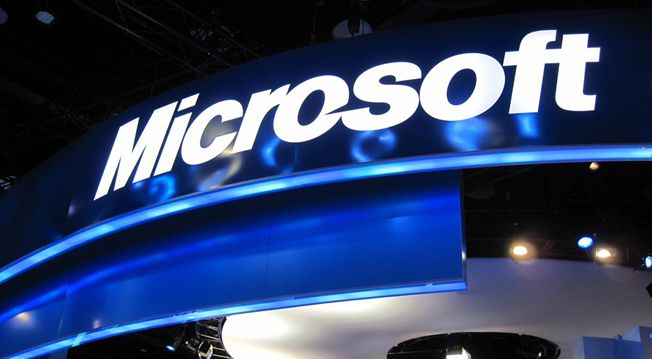 Microsoft has always followed by the same model: regular updates to their operating system that completely change the function as technology progresses. Now, it would appear Satya Nadella’s Microsoft will be taking a different route.
Microsoft has always followed by the same model: regular updates to their operating system that completely change the function as technology progresses. Now, it would appear Satya Nadella’s Microsoft will be taking a different route.
The announcement for Windows 10 came awhile ago, as did the promise that anyone running Windows 7 or higher could look forward to a free upgrade. With that tantalizing prospect on the horizon, PC users are eager for the launch.
But so far, we have been disappointed. Where it was expected that we would see Windows 10 sometime in the beginning of this year, we are still waiting. What is the holdup?
According to Jerry Nixon, who spoke at the Ignite conference on behalf of the company, they just aren’t ready yet.
“Right now we’re releasing Windows 10, and because Windows 10 is the last version of Windows, we’re all still working on Windows 10,” he said.
That is a tantalizing look into what they are trying to do: make Windows an all encompassing product, not one that will require a quick upgrade when technology overshoots its capabilities.
It also points to a new model for Windows, and one that makes perfect sense. With multi device synchronicity and security being perhaps the two biggest topics on the minds of both consumers and developers, this is an effective means to manage both.
Does that mean it will officially be the end of the increasing numbers at Microsoft? Almost certainly. Which would also explain why they didn’t bother with Windows 9. Ten is a solid number, a definitive one. With Windows 8 requiring updates that were similiar in scope to what you would normally see on a mobile platform (8.1), they had to make a decision.
Really, it comes down to branding more than tech. There will still be new versions, there have to be. Security flaws, changing features, advanced systems and consumer demand mean products in the PC world have to be ready to change at the drop of a hat. Integration is becoming the be-all-and-end-all, and new devices that require that integration are already coming fast.
But having a singular platform that doesn’t change in name, and instead adapts as needed, is a brilliant strategy. One of the many that have been employed since Nadella took over. He seems to be issuing in another golden age at Microsoft, and a much needed comeback after years of lackluster products and a diminishing reputation that couldn’t be fixed by leaning on the do-good nature of Bill Gates.
Source: The Verge





